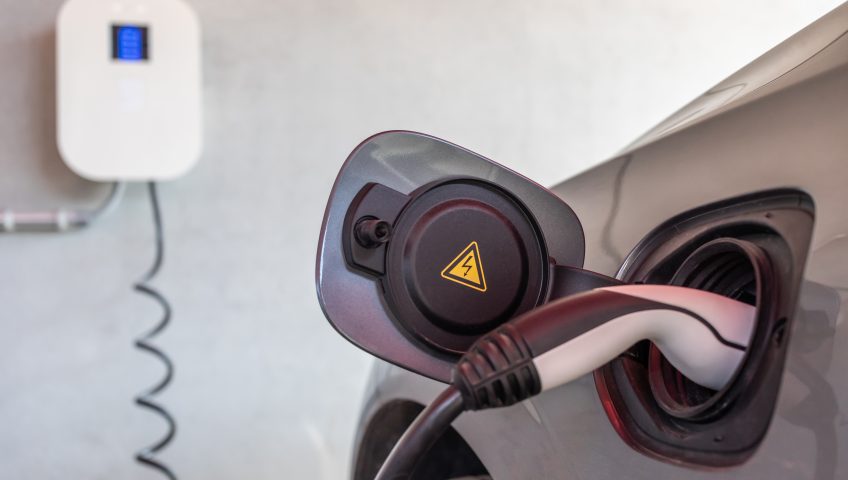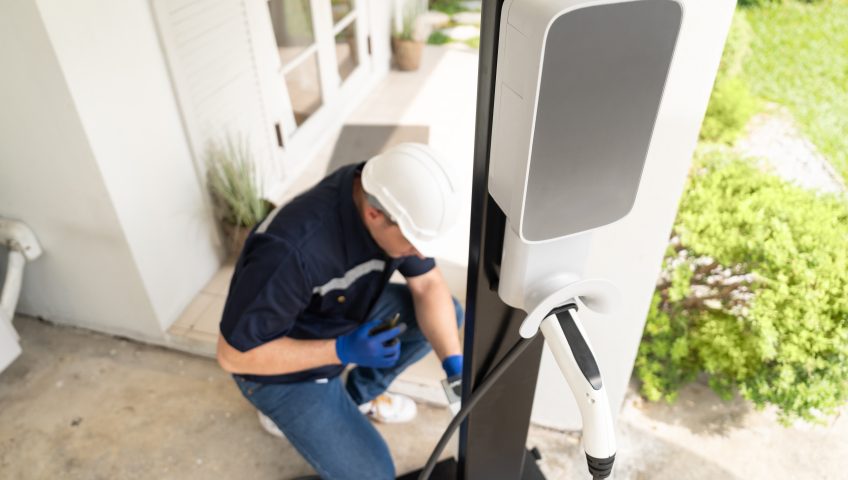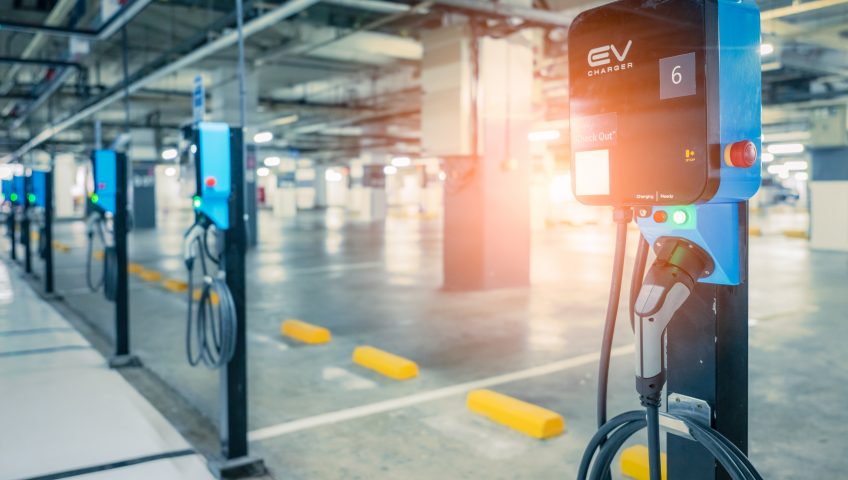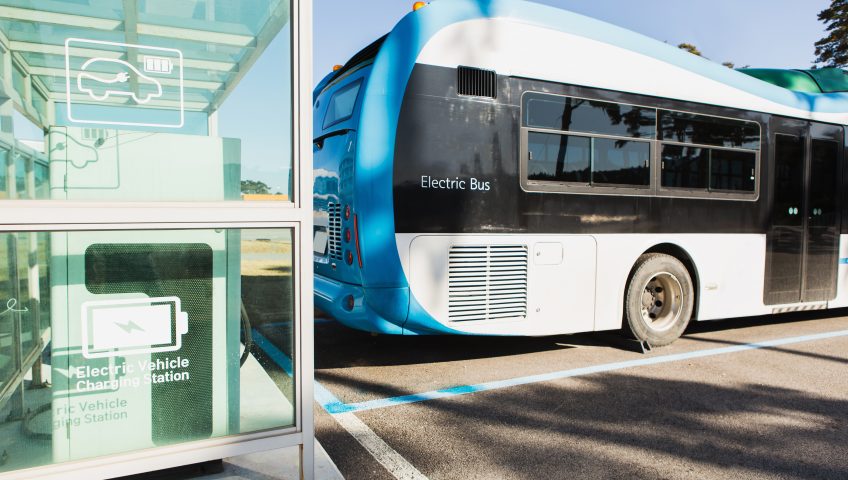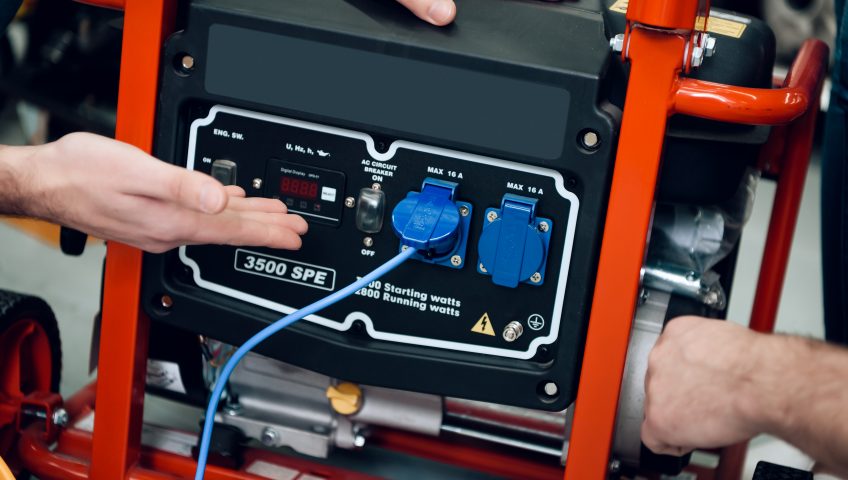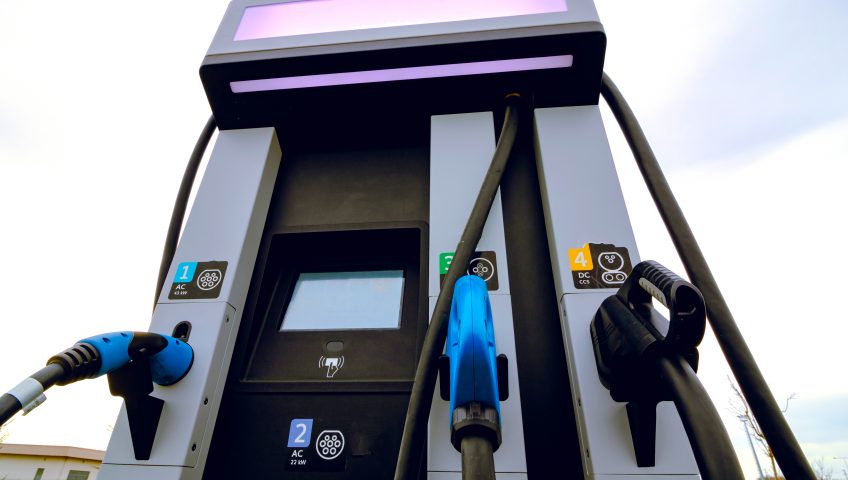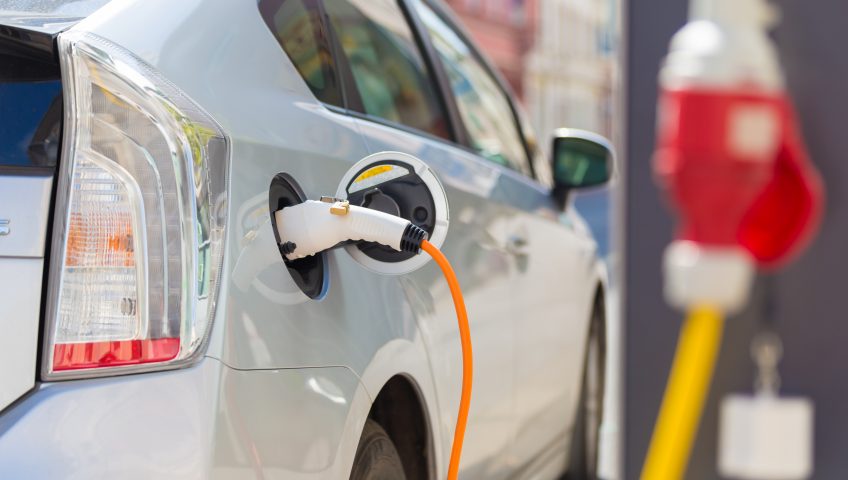With the rise of electric vehicles (EVs) as a sustainable alternative to gasoline-powered cars, many New Jersey residents are considering making the switch. However, the upfront cost of purchasing and installing a home EV charger can be a significant barrier. Fortunately, both federal and state programs offer rebates and incentives to offset these costs, making the transition to electric more affordable. In this guide, we’ll explore how to maximize these rebates for your home EV charger in NJ, ensuring you get the best value while contributing to a greener future.
